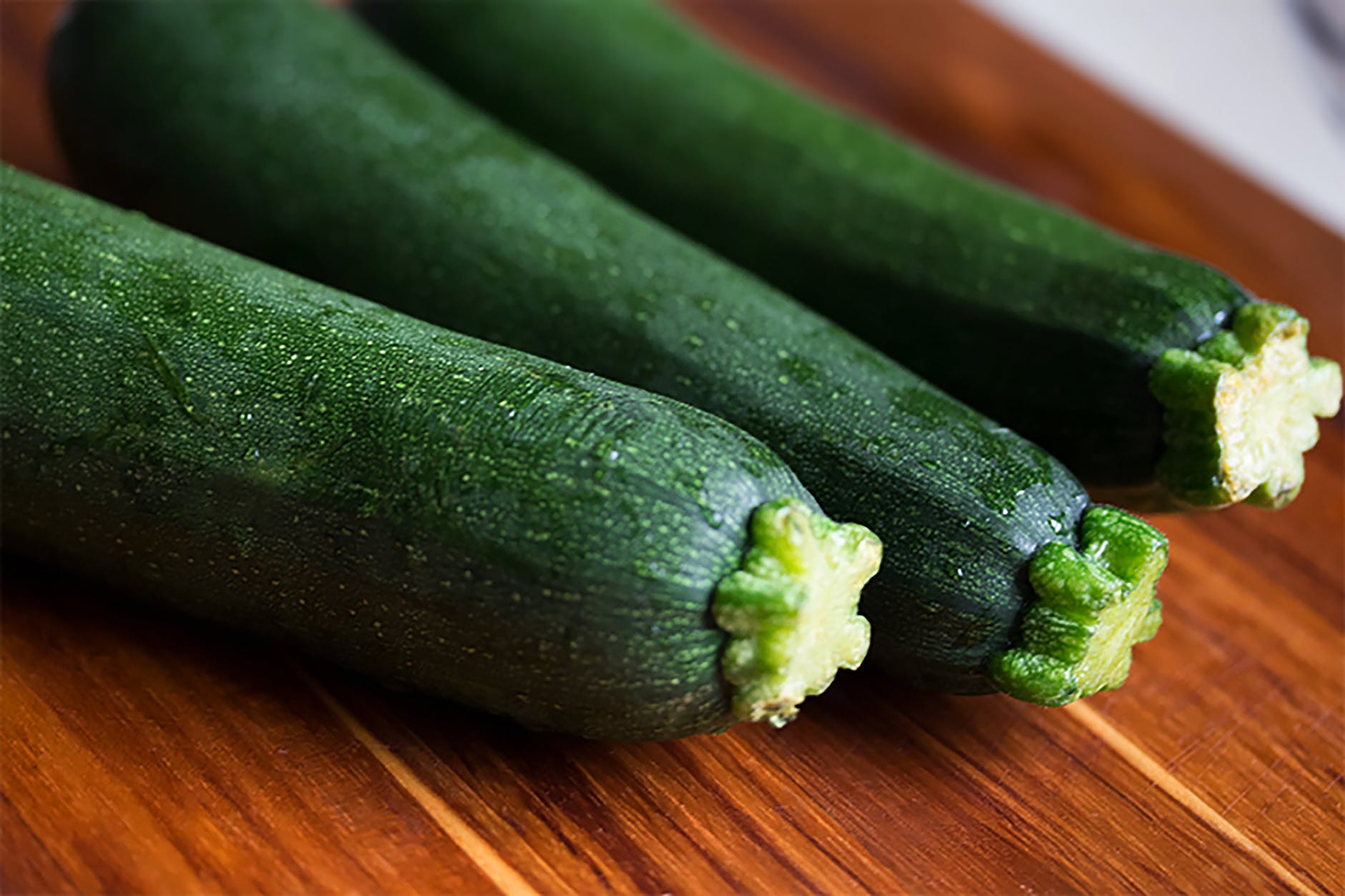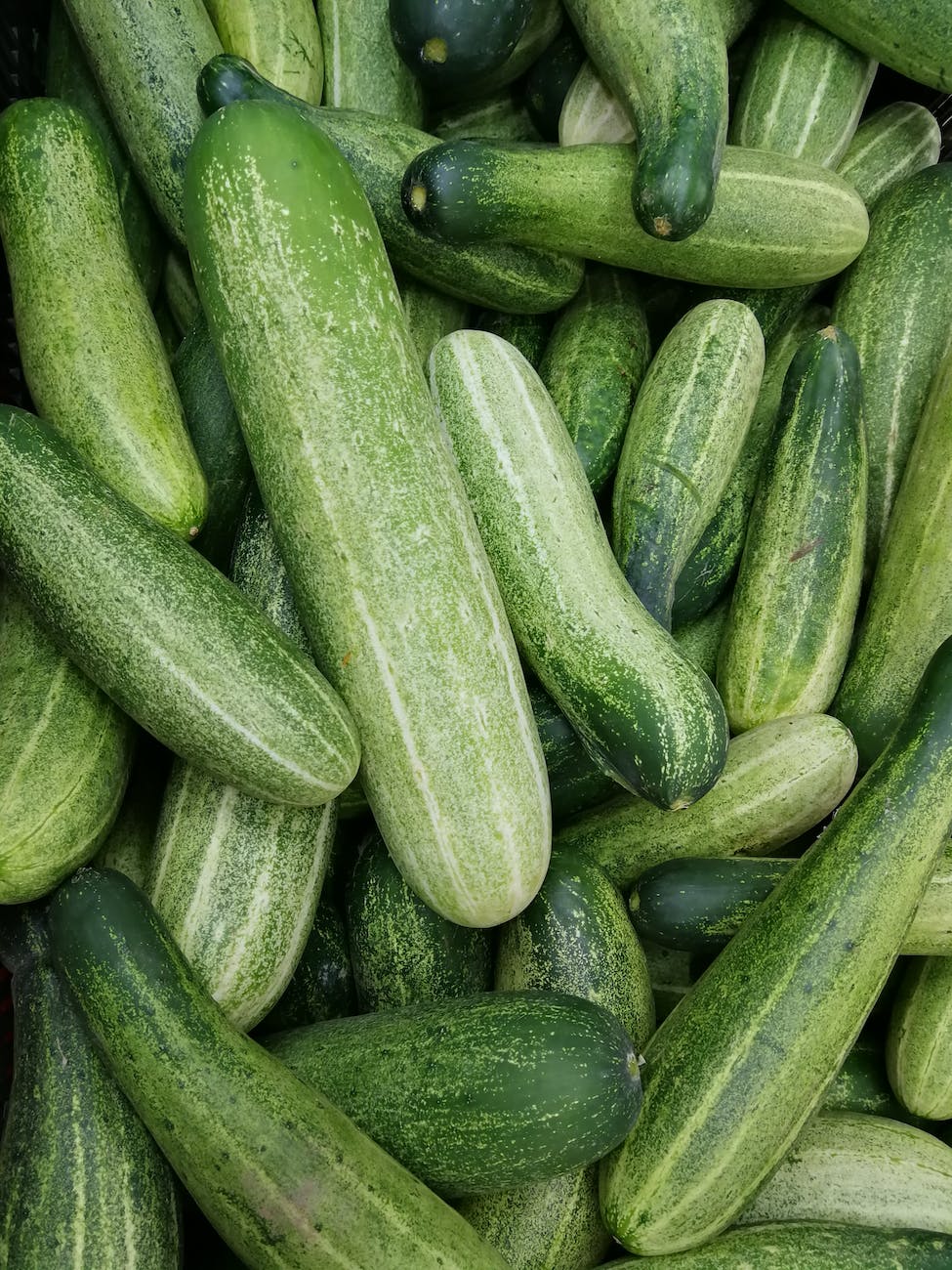
Quinoa, a superfood that has taken the health and wellness world by storm, is not just another trend. Its rise to popularity is backed by a wealth of nutritional benefits, especially for those on a weight loss journey. This versatile grain offers a powerful combination of dietary fiber, protein, and a low glycemic index, making it an excellent choice for anyone looking to shed pounds without sacrificing taste or nutrition.
Quinoa and Weight Loss: A Winning Combination
Rich in Fiber and Protein: Quinoa’s high fiber content aids in digestion and promotes a feeling of fullness, preventing overeating. The protein in quinoa, about 8 grams per 100g serving, helps build lean muscle mass, boosting metabolism. It’s the perfect ally for sustainable weight loss.
Low Glycemic Index: Unlike many grains, quinoa has a low glycemic index, ensuring it doesn’t spike blood sugar levels. This stability is key for managing cravings and facilitating weight loss, making quinoa an excellent choice for those with diabetes or insulin sensitivity.
Nutritional Powerhouse: Beyond weight loss, quinoa is a complete protein, containing all nine essential amino acids. It’s also packed with vitamins and minerals like magnesium, B vitamins, iron, potassium, calcium, phosphorus, and vitamin E, alongside antioxidants.
Quinoa vs. Rice and Wheat: The Weight Loss Showdown
Quinoa outshines traditional grains like rice and wheat in the weight loss arena. Its superior fiber and protein content, coupled with being gluten-free, make it the preferred choice for those looking to reduce belly fat and maintain a healthy diet.
Delicious Quinoa Recipes for Weight Loss
Quinoa Salad: Combine cooked quinoa with vibrant vegetables, lean protein, and a light vinaigrette for a nutritious, filling meal.
Quinoa Stir-Fry: Perfect as a base for stir-fries, quinoa pairs wonderfully with lean protein and a medley of vegetables for a fiber-rich dish.
Quinoa Breakfast Porridge: Start your day with a bowl of warm quinoa porridge, topped with fresh fruit, nuts, and a drizzle of honey for a balanced breakfast.
Quinoa Stuffed Peppers: Fill bell peppers with a tasty mix of quinoa, black beans, corn, and spices, then bake for a wholesome dinner option.
Quinoa Energy Bars: Mix cooked quinoa with nuts, dried fruit, and honey for a healthy snack that’s perfect on the go.
Quinoa More Filling Than Rice
Quinoa’s satiating properties exceed those of rice, thanks to its higher fiber and protein content. This makes it an excellent grain choice for keeping hunger at bay and supporting weight loss.
Serving Size and Cooking Ideas
A serving of cooked quinoa is about half a cup, offering a nutrient-dense yet filling component to any meal. Quinoa’s versatility extends from salads and soups to desserts, making it a staple in a healthy, balanced diet.
A Path to Weight Loss with the Quinoa Diet
Incorporating quinoa into daily meals, from breakfast porridges to dinner salads, provides a practical approach to weight loss. Paired with a balanced diet and regular exercise, quinoa can be a significant tool in achieving weight management goals.
Quinoa vs. Wheat: The Health Showdown
While wheat is a staple in many diets, quinoa offers more health benefits, particularly for those with gluten intolerance or seeking higher protein and fiber intake for weight loss.
Conclusion: Quinoa as a Cornerstone of Healthy Eating
Quinoa’s role in a weight loss diet extends beyond its nutrient content. Its versatility, combined with its ability to keep you satisfied, makes it an invaluable addition to any healthy eating plan. Whether you’re looking to lose weight, improve your diet, or explore new culinary horizons, quinoa offers a delicious, nutritious option worth incorporating into your daily meals. Embrace the power of quinoa and let this ancient grain transform your approach to healthy eating and weight management.













